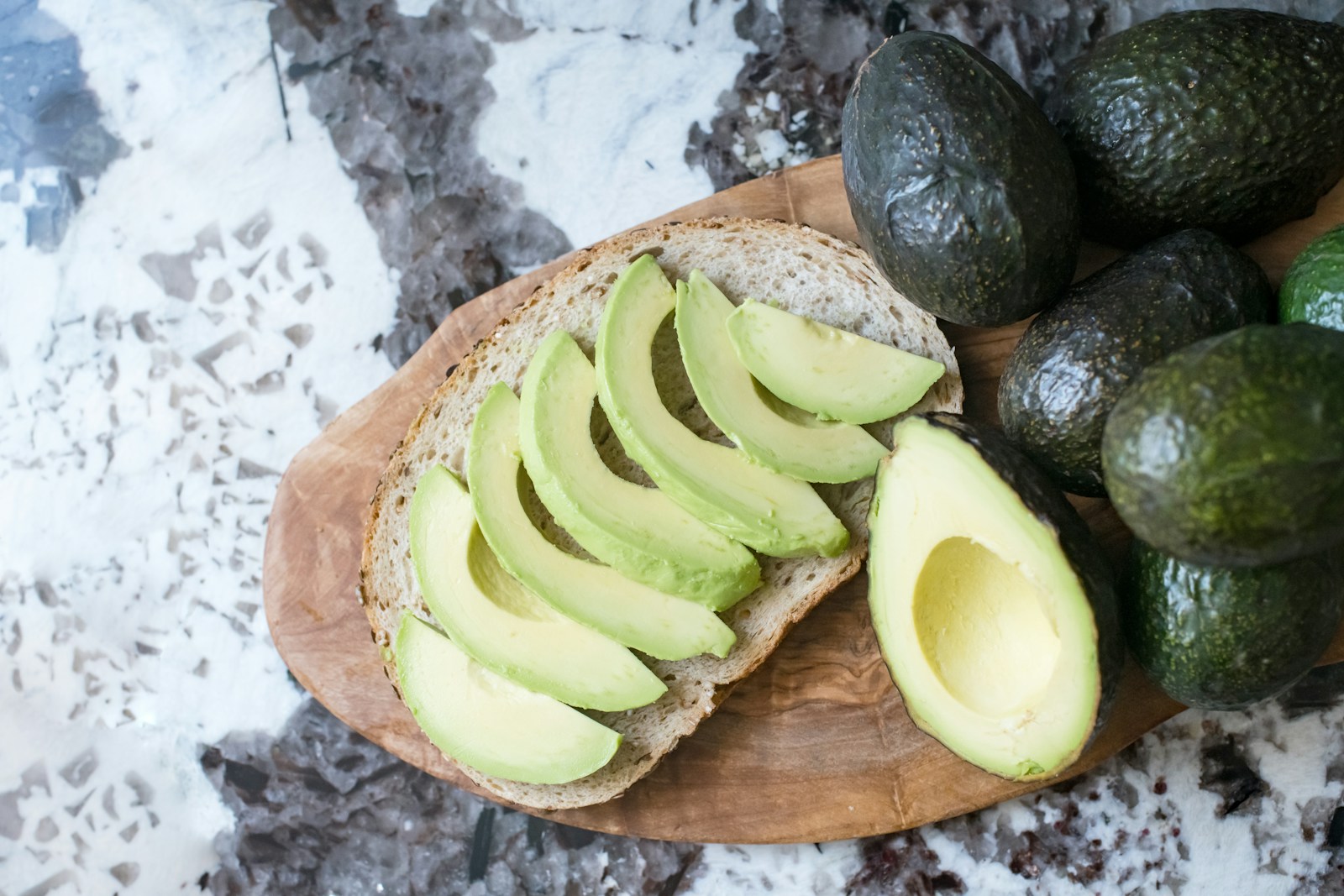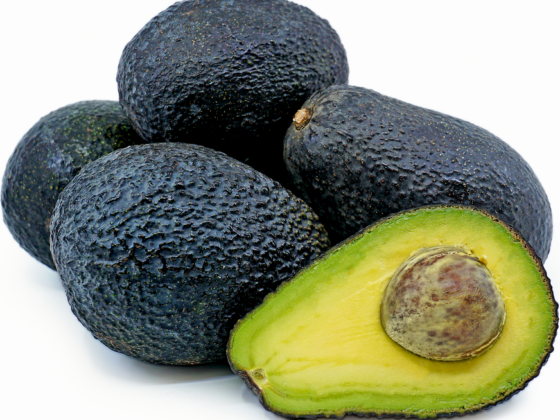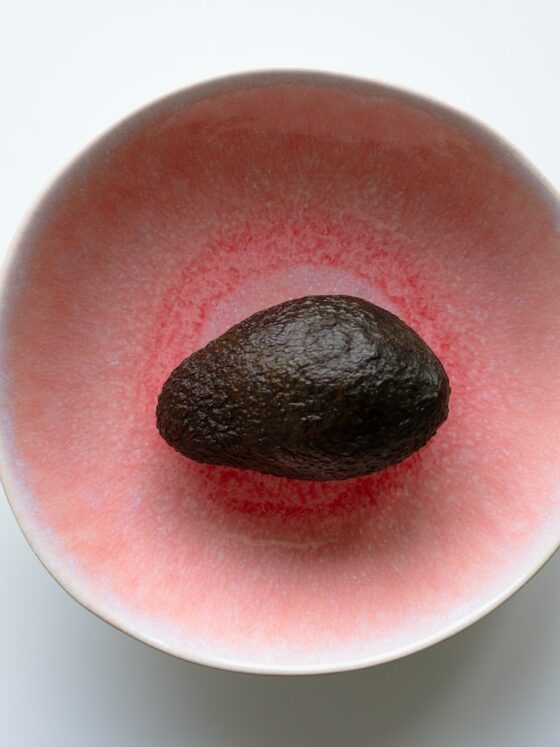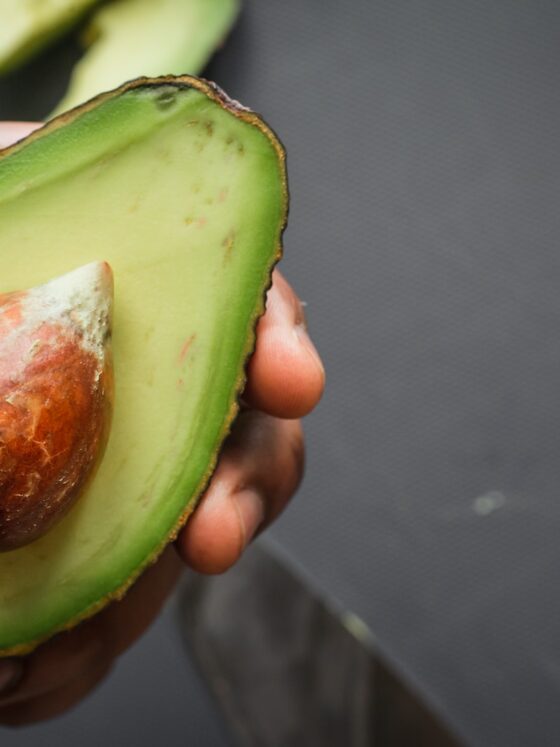An avocado allergy is an immune system response to the proteins found in avocados, which the body mistakenly identifies as harmful. This type of food allergy can manifest with a range of symptoms from mild to severe, affecting various parts of the body. The presence of certain proteins in avocados that are similar to those found in natural rubber latex can also contribute to what’s known as latex-fruit syndrome. This causes cross-reactivity in some individuals who are allergic to latex.
Dealing with an avocado allergy involves recognizing the symptoms early and understanding how to manage and treat them. It’s essential for those affected to identify and avoid food products that contain or are contaminated with avocado. An allergic reaction may include symptoms such as itching, redness, swelling, and in more severe cases, anaphylaxis, requiring immediate medical attention. Knowledge about alternative dietary options and lifestyle adjustments is vital for those with an avocado allergy to maintain a healthy diet without exposure to the allergen.
Table of Contents
Key Takeaways
- An avocado allergy triggers an immune reaction to proteins in avocados.
- Symptoms can range from mild itching to severe anaphylaxis.
- Avoidance and alternative dietary choices are critical for managing avocado allergies.
Understanding Avocado Allergy
Avocado allergy is an immune system reaction to specific proteins found in avocados. Understanding the causes, recognizing the symptoms, and being aware of related conditions are crucial for those who may have or think they may have an avocado allergy.
Causes and Risk Factors
Latex-fruit syndrome is a notable risk factor for developing an avocado allergy. Those with latex allergy might also react to avocados due to the presence of similar proteins that cause cross-reactivity. This condition is part of a broader categorization known as pollen food allergy syndrome, which includes reactions to foods related to certain pollens—in the case of avocados, often birch pollen or other types of pollen.
- Latex allergy: Individuals sensitive to latex may react to avocado.
- Genetics: A family history of allergies can increase the risk.
- Environment: Exposure to allergens like pollen can influence the development of a related food allergy.
Symptoms and Diagnosis
Symptoms of an avocado allergy can range from mild, such as itching or hives, to severe, possibly even anaphylaxis. These reactions are due to the release of histamines by the immune system. For diagnosis, allergy testing is performed, which can include a skin prick test or a food challenge under medical supervision.
- Mild Symptoms: Itching, hives, or eczema.
- Severe Symptoms: Swelling, difficulty breathing, or anaphylaxis.
- Diagnosis Methods: Skin tests, blood tests, or oral food challenges.
Related Conditions
Two key related conditions include latex-fruit syndrome and oral allergy syndrome (OAS). Latex-fruit syndrome is linked to those who have a latex allergy and can cause cross-reactive allergic rhinitis due to similar allergenic proteins. Oral allergy syndrome results from cross-reactivity between pollen proteins and food proteins, and it typically presents as itching or swelling in the mouth and throat shortly after eating the offending food—in this case, avocado.
- Oral Allergy Syndrome: Cross-reactivity with birch pollen leading to mouth and throat symptoms.
- Latex-Fruit Syndrome: Sensitivity to foods like avocado due to a latex allergy.
Managing and Treating Avocado Allergies
When it comes to avocado allergies, management and treatment are crucial to minimize symptoms and prevent serious health risks. Immediate actions can provide rapid relief, whereas long-term management strategies involve avoiding triggers and potentially building tolerance.
Immediate Allergy Management
In the event of an allergic reaction to avocado, identifying and executing the right treatment steps is critical. For mild symptoms, such as itching or mild gastrointestinal discomfort, antihistamines can offer quick relief. More severe reactions, characterized by symptoms such as difficulty breathing, vomiting, or nausea, may require prompt medical attention. Individuals with a known severe allergy should carry an epinephrine auto-injector and use it as directed in the case of anaphylaxis, a potentially life-threatening condition.
After using epinephrine, immediate follow-up with a doctor or emergency medical services is vital to ensure comprehensive care. For skin reactions, such as hives, cortisone cream may be applied to reduce inflammation and itchiness.
Long-Term Allergy Management
Long-term management of avocado allergy involves avoidance of the allergen and regular consultations with an allergist. The Asthma and Allergy Foundation of America recommends creating an allergy action plan, which may include reading food labels carefully to avoid accidental exposure and informing food handlers of the allergy when eating out.
There is currently no cure for food allergies; however, some individuals may benefit from allergen immunotherapy, which can sometimes increase tolerance to certain foods. This should only be done under the supervision of a qualified allergist. Patients might also manage accompanying allergies, such as latex allergies, which are known to cross-react with avocado. Regular monitoring and reviews with healthcare professionals can help in safely managing the condition.
Diet and Lifestyle Adjustments
For individuals with avocado allergies, careful consideration of diet and lifestyle is essential to manage symptoms effectively. Alternatives to avocado can provide nutritional benefits without the adverse reactions, and awareness of cross-contamination risks is critical to avoid unintentional exposure.
Dietary Alternatives
Individuals seeking avocado substitutes can opt for several other foods in their diet. For those following a vegan or paleo diet, options such as banana puree or artichoke hearts can mimic the creamy texture avocados provide in recipes. Mango and melons offer a similar fruit profile and can be used in salads or smoothies. In baked goods, avocado oil can often be replaced with other oils suitable for vegans, like coconut oil. For those who enjoy guacamole, a dip made from peas, tomatoes, and kiwi can provide a similar taste experience.
To replace avocado in sandwiches or toast:
- Banana slices: A sweet alternative providing a creamy texture.
- Hummus: Offers a savory richness, perfect for spreads.
- Pesto: Can replace avocado in pasta or as a sandwich spread.
Preventing Cross-Contamination
To minimize the risk of cross-contamination, maintain separate preparation areas and utensils for allergic individuals.
Washing hands, surfaces, and kitchen tools thoroughly with soap and water before and after handling allergenic foods is necessary.
People who are allergic to avocado should also be cautious of latex-related products, such as rubber gloves, since there can be cross-reactivity with latex-fruit syndrome.
Make sure to avoid cosmetics containing avocado oil or extracts.
In the kitchen:
- Always clean countertops with dedicated sponges or wipes.
- Store avocado-free foods in separate, well-sealed containers.
- Wear non-latex gloves while cooking to prevent reaction from rubber.











